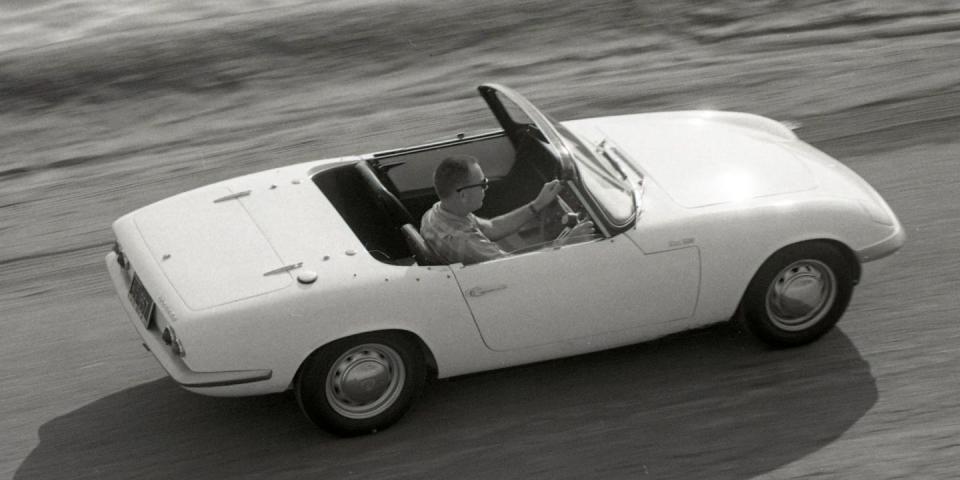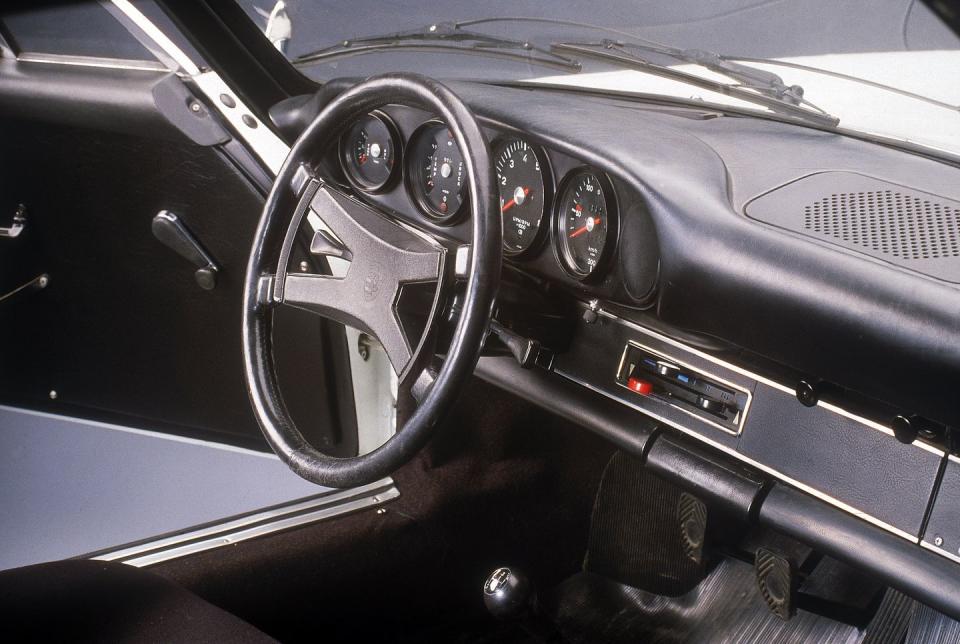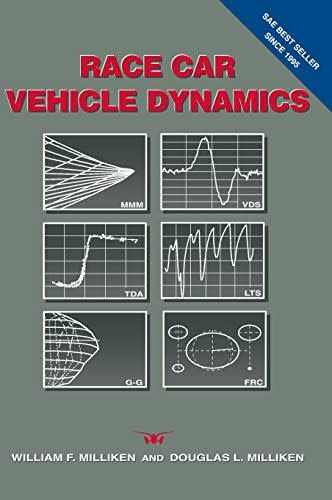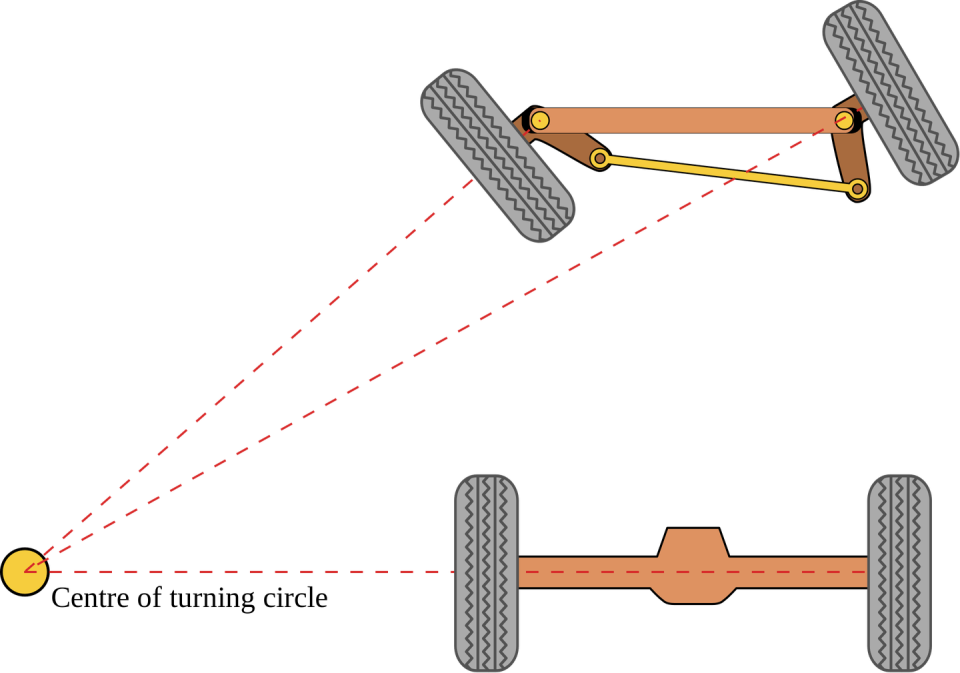I Lost My Mind Trying to Define Good Steering Feel

"Hearst Magazines and Yahoo may earn commission or revenue on some items through the links below."
A lot of the engineering stories I write start off as questions I don't have good answers for. In this case it was two: What is good steering feel? And, how do you achieve it? After interviews with a number of experts on the subject, and much time spent reading about the myriad factors that affect steering feel, the vastness of the topic left me paralyzed and this article sat in my drafts file for months. Never before had I gone through so many starts and stops, and it took me a long time to realize that itself is part of the story.
Let's get abstract for a moment, if for no other reason than maintaining my sanity. Before we dive into all the things that affect steering feel, let’s talk simply about good steering feel.

Speaking with Gordon Murray, the brain behind the McLaren F1, still the high water mark for sports cars decades after it shook the world in its debut, I get a good example: "You're on a grippy bit of the road, and then you get to just a patch that's slightly greasy. You lose a tiny, tiny bit of weight in the steering, which tells you immediately back off, because you're about to start going sideways faster than you'd like."
"I think the nicest way that Lotus has ever summed it up, and we spend a lot of time on this, is input equals output," Lotus product attributes manager Gavan Kershaw tells Road & Track in an interview earlier this year. "So you do something, be it the smallest movement or the biggest movement you get exactly out what you expect. You approach a corner or a bend on a circuit and you intuitively know, 'I need to put 45 degrees in this and you feel this connection with the road, the minute you start to steer.'"
We should probably add a definition of "steering feel" itself. To paraphrase Autocar writer Andrew Frankel, the term can be interpreted literally, i.e. how a car's steering feels in the hands, yet steering feel also describes something more specific. "On a less literal but more important level," he writes in a 2020 column, "steering feel is a car’s ability to communicate both accurately and clearly through the steering apparatus information about how the road and its conditions are being managed as the car flows over its surface."
It's obvious why enthusiasts talk about steering feel so much: It's one of the primary ways in which we interact with our cars. "If you think about it," says Murray, "no matter how sophisticated or unsophisticated, or how fast or how slow any vehicle is, whether it's a Formula 1 car or a hot hatch, ultimately, the car only tells you what it's doing and what it's about to do… through the side of your body, your bottom, your hip, and your fingertips basically."
With these definitions of “feel” out of the way, what physically defines these characteristics? How does steering work?

The first point of contact is your hands on the steering wheel. The wheel itself affects the feel. How wide the wheel is affects your leverage: An old truck with manual steering has a giant steering wheel because it is easier to turn. Changing the size of the wheel makes the steering lighter or heavier. Changing the padding on the wheel also dampens the response through your fingers.
From there you go down the steering column. Here is where the ratio of the steering is defined, and if you have unassisted manual steering, hydraulic power steering, electric power steering, or if the system entirely breaks and you have fully electronic system, with no direct connection between the steering column and the wheels, as has been the case with Infinitis for a few years now.
Next is the suspension itself, with its key points of geometry.

Camber: This is the angle of the car’s wheels when viewed front to back. More camber means the top of the wheel is angled in, the bottom of the wheel angled out. In the simplest terms, the more camber you have, the more eager a car is to turn into a corner, at the expense of wear on the tire.

Toe: This is the angle of the car’s wheels when viewed from above. Positive toe means the front of the wheel is angled in, the back of the wheel angled out. In simplest terms, the more toe you have, the more stable the car is going straight, the more it resists turning into a corner, in favor of stability.

Caster: This is the relation of the car’s suspension in relation to the wheel, and it defines how much the wheel wants to return to straight. If you think of a shopping cart, these are wheels with extreme caster, extremely negative caster, and the wheels are quickly pulled back to straight as the cart rolls forward.
Each of these elements affect the weight of the steering, the response you get back through the wheel, to say nothing of the design and weight of the suspension itself, or the height of the tire, or the width of the tire, or the compound of the tire, or the weight of the car’s wheels, or a handful of other elements of steering geometry beyond what shows up on your car’s alignment sheet.
Enthusiasts talk a lot about how a power steering system—or the absence thereof—has an effect on steering feel. Assist systems are very important, but far from the only thing that defines steering feel. Much of it has to do with the tire, the steering system itself (i.e. recirculating ball, rack and pinion, etc.) and suspension geometry. More specifically, Ackermann, kingpin inclination, kingpin offset, pneumatic trail, as well as the aforementioned camber and caster angles. It was at this point when this story started to go sideways.

Race Car Vehicle Dynamics
amazon.com
$99.95
amazon.comTrying to explain all these different facets of suspension geometry could take a lifetime, and it not only requires a deep understanding of automotive suspension systems, but tires as well. One of the best books on automotive handling is William and Douglas Milliken's Race Car Vehicle Dynamics. It has 68 pages dedicated to tire dynamics alone and another 55 for suspension geometry. The thought of trying to sum all of that up in a 2000-or-so-word story for this website gave me a headache so bad, I had to lie down and take a nap.

The further you go down the race-car rabbit hole, the weirder things get, too. The Ackermann principle, which dates back to the early 1800s, is a steering geometry wherein the inside tire is steered at a greater angle than the outer wheel in a corner, achieved by angling steering arms inward. This helps prevent excessive tire scrub—the distance between the steering axis and the centerline of the contact patch—and ensure more accurate steering. After all, when your car take a turn, it is the outside wheel that is always traveling a greater distance than the inside one.
A while back, Gordon Murray told me that Ackermann has a really big effect on how steering feels in the hands. In the course of my research, I discovered anti-Ackermamn, where the outside tire is steered at a greater angle than the inside tire. Some race teams use this geometry to encourage tire scrub, helping to increase cornering grip, and thus, speed. But what the hell does anti-ackermann feel like?
Pause this video of Sebastian Vettel driving the Red Bull RB8 at the 2012 Singapore Grand Prix to see anti-Ackermann geometry in practice.
My assumption is that it feels weird to any non-professional race-car driver, but the job of a race car is different than the one of a sports car. A sports car’s first goal is to be fun. A race car’s job is to be fast. The sports car’s driver is an amateur who wants, needs, and appreciates a car communicating back with them. A race car’s driver is a professional who can be expected to figure out how to make it work, good feel or not.
Here's also where power steering comes back into the equation. "Pure steering geometry for a manual steering with a wide front tire and the brake disc getting in the way of the lower wishbone ball joint is a packaging nightmare," Gordon Murray told me in a 2020 interview. "Most people, just to make their lives easier, will compromise on the elements that affect the steering feel…[I]f you know that you've got electric or hydraulic steering, as a designer, you will tend to cheat on those elements, which means that you've got corrupted steering, but it's overcome by the power assistance."
You can even take that a step further. Power steering systems, especially electric systems, allow engineers to use all sorts of weird geometries and extraordinarily wide front tires while also providing steering that feels normal to most drivers.

My father and I share an E30 325i track car, with no power assist, and it has just about the heaviest steering in any car I've ever driven. It's got huge front tires—it was built to run either 225/45R15s or 245/40R15s all around—and about 1.5 degrees of negative camber on the front. Especially with the 245s and when the tires are nice and hot, the steering takes a ton of effort. Once it kicked back at me in a corner, and my wrist hurt for the rest of the day.
Contrast this with the new C8 Z06. That car is obviously much lighter over the front axle—don't forget that the E30's six-cylinder is all-iron—but for our PCOTY testing, it sported the Z07 Package's 275/30R20 front Michelin Pilot Sport Cup 2 R tires, about as sticky as road tires get, but they were set with 1.8 degrees of negative camber. Obviously you feel the immediacy on turn-in ,associated with wide front tires and lots of negative camber, but the steering doesn't feel odd whatsoever.
So everything matters…until it doesn't.

I could go into an extremely long and detailed explanation on what the Z06's might feel like without the compensating effects of power assist—beyond, simply, very heavy—but what's the point? I think for everyone short of an actual vehicle dynamics engineer (or perhaps a journalist like myself), it's probably not worth getting mired in all these details. And even those whose job it is to get mired have a tough time with this. Dave Coleman, Mazda North America's vehicle dynamics manager, whose job it is to ensure Mazdas have great steering among other things, says there are no simple answers to "what is good steering feel," and "how do you achieve it?"
"The reason it's so tricky is because steering is a very much a multivariable feedback loop kind of thing," he tells Road & Track. "There's steering response, which is, essentially, how the steering system responds to a certain driver input; steering response lag, which describes the delay between input and output; and steering effort, which is fairly self explanatory but not in itself steering feel….The reason it's so complicated and kind of goes around circles is because the driver's own inputs change depending on how the car's responding."

A line from Coleman helped me realize that I was right to pursue this topic, despite the many pitfalls. "What you're trying to do when you steer a car is actually, if you think about it, pretty hairy stuff," he says. "You're trying to keep this 3000-pound thing between these lines or else you're going to die. We get so used to it we forget how stressful this is… You are making the car go in a certain place. And you're taking all this feedback from the car to figure out exactly what you need to do to make it go in that place and getting that to be a simple, smooth, natural input that doesn't have a lot of corrections and feedback in it is very, very tricky."
Ultimately, my job trying to make complex topics understandable to a fairly broad audience is tricky, but it's not life or death. Be thankful the vehicle dynamics engineer knows what they're doing.
You Might Also Like

 Yahoo Movies
Yahoo Movies 
